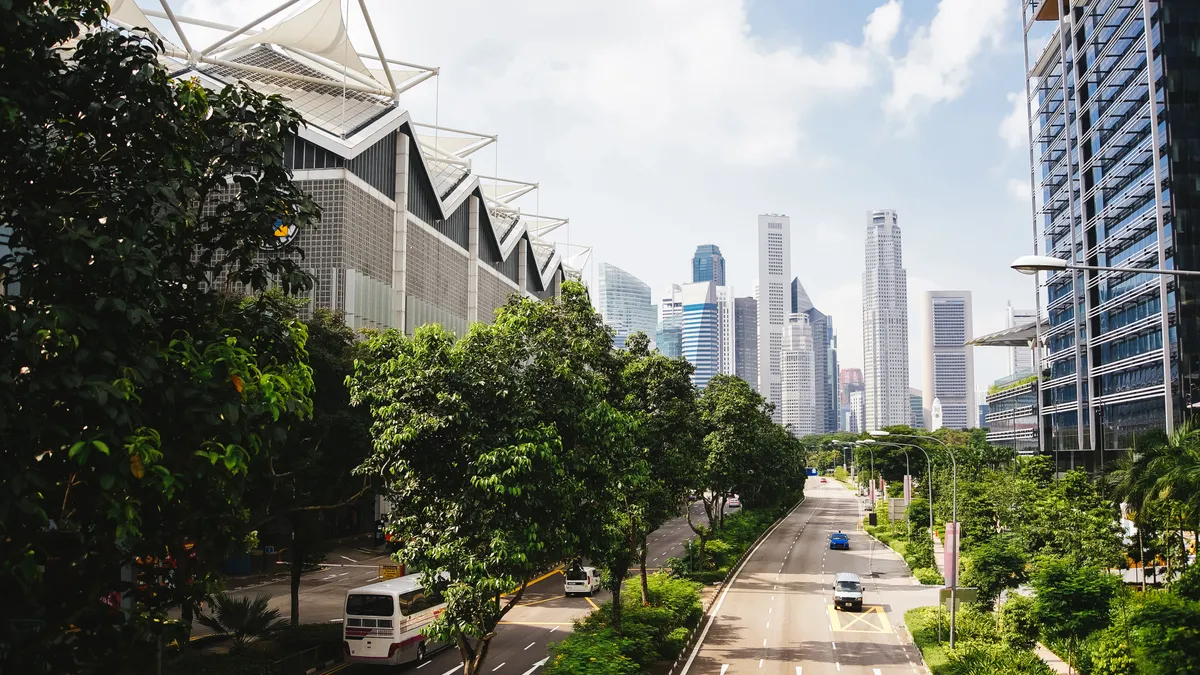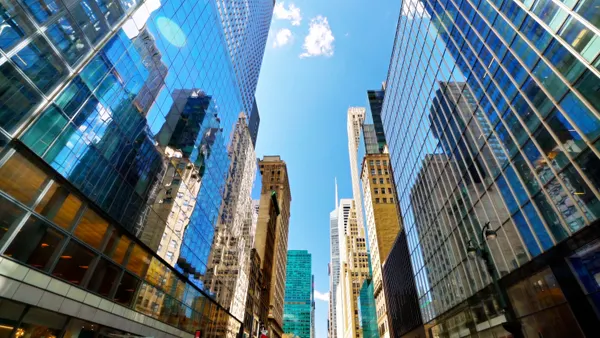How to Begin Creating Smart Communities through Parking and Mobility Programs and Operations
Excerpted from Parking & Mobility magazine, by Tom Szubka, CAPP and Tania Schleck
Smart has been coming fast at us for the last several years and maybe faster by the pandemic. Yet, it seems some cities, communities, and large institutions have a hard time keeping up. We know “smart” has come to the parking and mobility world, however, there are places still using “old-fashioned” parking meters and collecting cash with a cigar box.
Smart can be simply stated as how well you use what you have.
The tools we use in a smart community are not inherently smart, but the system or users can become smart with the proper use of the tools and data they generate. With technology improving data gathering and communication, communities need to bring it all together.
A smart community…
- uses information and communication technologies.
- understands the potential of information technology.
- uses devices and applications to create new experiences or services.
- make a conscious decision to use technology.
…as a way to (purpose)…
- transform life and work in significant and positive ways.
- improve both the quality of government services and citizen welfare.
- facilitate operational efficiency.
- optimize the flow of energy, people, and data.
While there is no sole definition of a smart city/community/campus, it can generally be deduced that the goal is to simply Make Life Better.
The utilization of technology and data crosses all industries and services comprising a community. The integration and multi-disciplinary sharing of technology, data, and resources promote more efficient and effective use of all three to improve the services and experiences of the community. Smart solutions make life better from a variety of perspectives: transactional, movement, storage, curb management, aggregation, planning, and efficiency.
Cities are using technology to plan their infrastructure more effectively.
- Chicago has a smart lighting program where they are changing out 270,000 streetlights to LED lighting equipped with intelligent controls which make the lights stay dim when no cars or people are around and light up when they detect someone is coming. This will save the city an estimated $10 million per year in energy costs.
- New York City deployed smart trash and recycling stations in Times Square with built-in compaction, fullness sensing and collection notification. Total trash capacity increased by almost 200% and 50% less time was spent collecting bins. The bins also increased the recycling rate—40% of public waste was being recycled, up from 15%.
- New digital channels for the public to communicate with local officials could make cities more responsive. New York City, Austin, Los Angeles, Minneapolis, Philadelphia, and Toronto have shifted 311 non-emergency service requests to mobile apps.
Smart city solutions have improved the way we move by providing us with more smart mobility options.
- Transportation Network Companies such as Uber and Lyft make it quicker and more convenient to book rides using a smartphone. For Uber alone, 6.9 billion trips were completed in 2019.
- Micromobility solutions such as dockless scooters and bike shares enable people to book with a smartphone app. These solutions can be particularly beneficial in providing first-mile/last mile connections and to help people circulate around certain land uses such as college campuses.
- Microtransit relies on smartphone apps or other technology platforms for ride requests and routing details. The app-based approach allows operators to match requests to routes and available vehicles in real-time. Microtransit can fill gaps in the transit service network, such as in rural areas lacking the population density necessary for fixed-route service, or it can serve as a first-last mile service to high-frequency transit.
The curb has numerous demands, including parking, commercial deliveries, TNC pick-up/drop-offs, food delivery services, shared bikes and scooters, and outdoor community spaces. Smart technology solutions help cities more effectively plan for and manage their curb with inventory, utilization, and visualizing their current mix of curb uses and regulations. Video analytics, mapping, and smartphone app-based technologies help with data capture, processing, and visualization by capturing curb activity.
When communities can “bring it all together,” more comprehensive and robust solutions become available, broadening the appeal and experience of community life.
Data is how the knowledge and experience of a community is expressed, making data the currency of any smart community. How data it is gathered, communicated, and utilized is really the essence of what constitutes a smart community. The “smart” infrastructure provides the process and tools that collect the data, process the data into usable formats, communicate the data, and analyze the data.
All of which becomes a perpetual feedback loop when decisions makers use the analyzed data to make life better for its citizens.
Read the article in full and access related resources here.
Tom Szubka, CAPP
Senior Consultant | Walker Consultants
Thomas Szubka, CAPP, is a Senior Consultant with Walker Consultants.
Tania Schleck
Parking and Mobility Consultant | Walker Consultants
Tania Schleck is a Parking and Mobility Consultant with Walker Consultants.
Related Resources
Parking & Mobility Leaders Drive Technology and Innovation to Meet Greater Community Goals: Sustainability, Efficiency, and Smart Transportation Systems
#IPMI2023 showcases our top ten industry leaders debuting new and enhanced technology, products, and services at the 2023 IPMI Parking & Mobility Conference & Expo this June in Fort Worth, Texas. Get to know our Top Ten Strategic Partners here, and explore the hundreds of exhibitors offering the latest in parking and mobility tech.
About the annual IPMI Parking & Mobility Conference & Expo
The IPMI Parking & Mobility Conference & Expo brings together professionals representing every level of experience and segment of the parking, transportation, and mobility industry. The event delivers four days of exceptional education, the largest display of parking- and mobility-specific technology and innovations, networking, and the opportunity to connect with a global community.
About IPMI
The International Parking & Mobility Institute (IPMI) is the world’s largest association of professionals in parking, transportation, and mobility — professionals who keep all of us moving. IPMI works to advance the parking and mobility profession through professional development, research and data collection, advocacy, and outreach.










